Today, we are going to discuss dark spots that show up on your skin, and make a very important distinction between what could be causing them: is it hyperpigmentation or melasma?
This is a topic I have learned a lot about in the last 20 years. Not only did I gain first-hand experience with my wife, Neda, who had struggled with melasma since her thirties, but I've also met countless other patients who come into my office, looking for solutions to their uneven skin tone, dark spots, and pigmentation.
Many people mistakenly use melasma and hyperpigmentation interchangeably when referring to dark spots on their skin. But, it is really important to know the difference…
Melasma is a form of hyperpigmentation, but not all hyperpigmentation is melasma
While both of these terms refer to irregular pigmentation in the skin, it is important to know which specific condition you are dealing with so you can treat it accordingly.
If you don't know, and you try to treat them in the same way, it could have major negative repercussions on your skin.
Melasma and hyperpigmentation can overlap in many ways, meaning certain ingredients or skin care practices can be effective in managing both conditions. However, they also have different triggers and treatment options. Some treatments considered beneficial for hyperpigmentation can actually worsen melasma. Therefore, understanding how to differentiate them is crucial.
By the end of this article, my goal is for you to understand the key differences between hyperpigmentation and melasma, so you can correctly identify each. If you are suffering from either one, I want to share some advice on how to effectively manage your dark spots and uneven skin tone so you can regain clear skin and confidence.

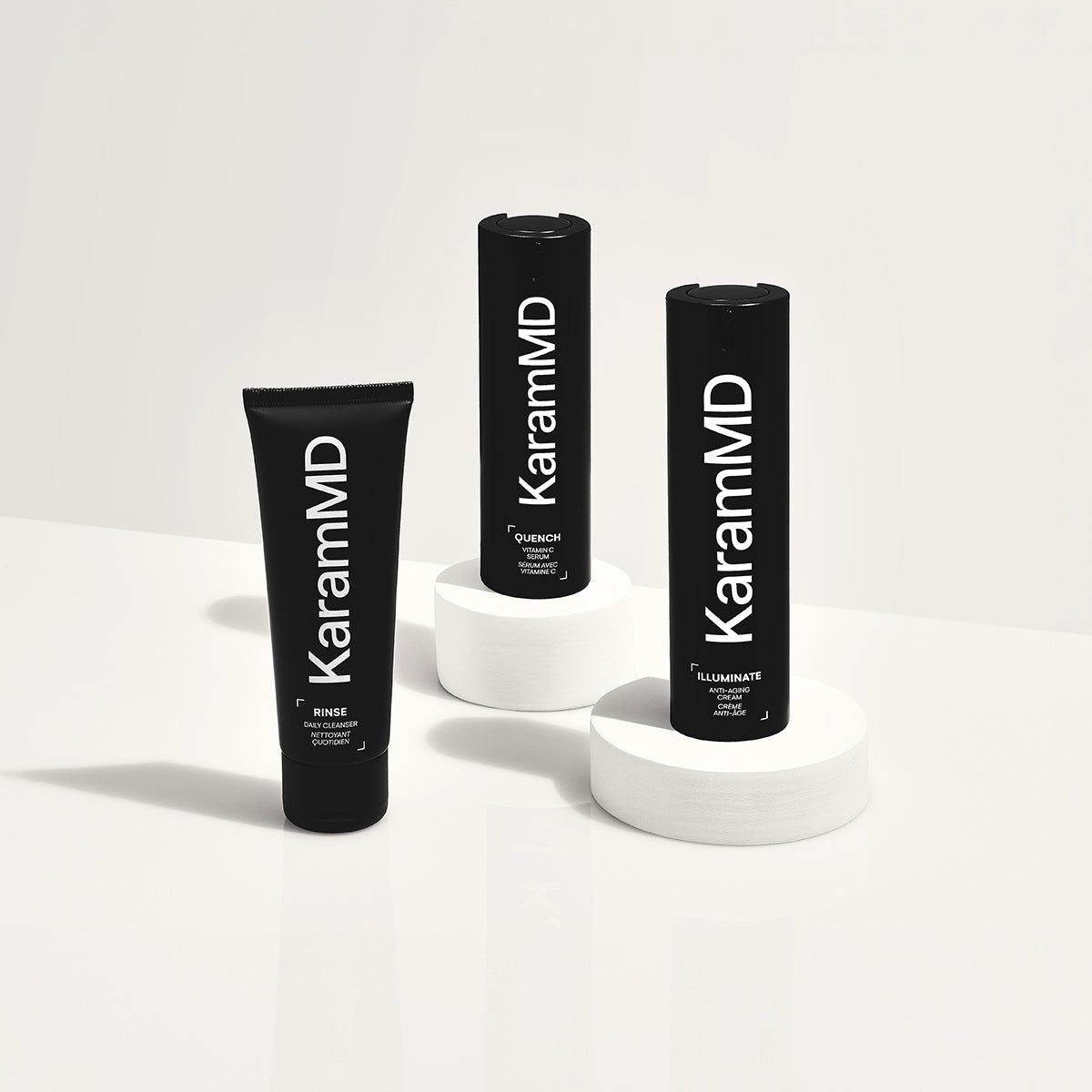
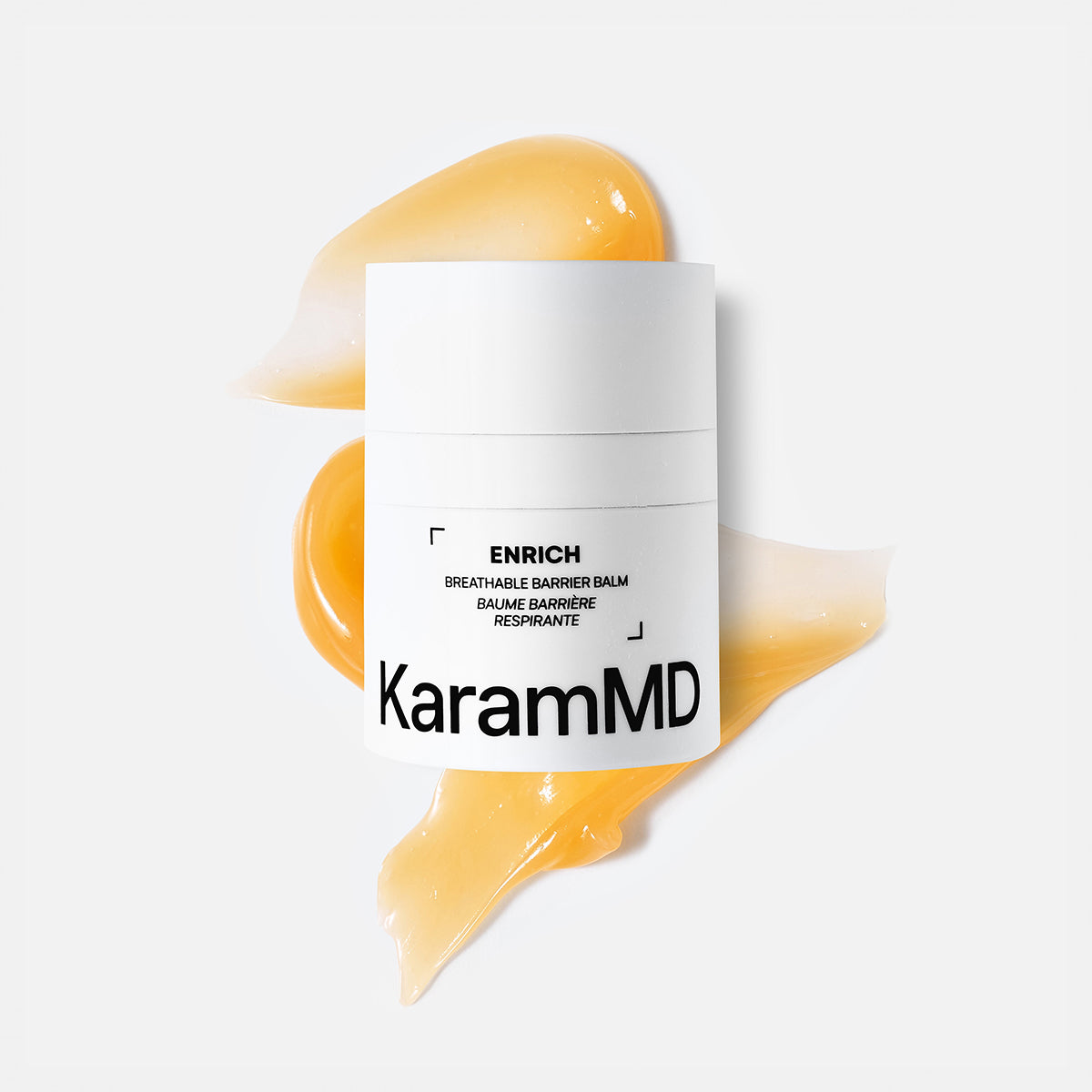
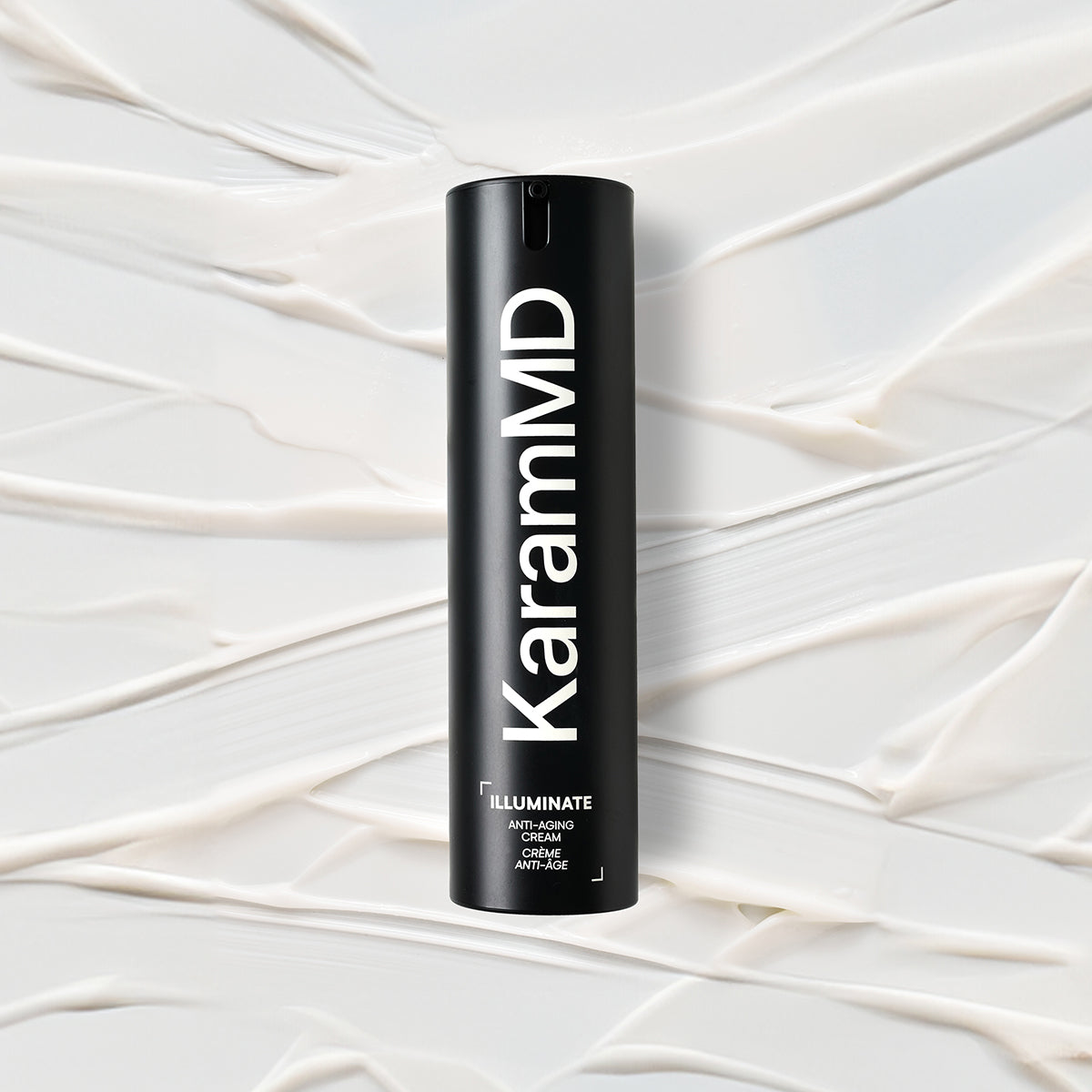
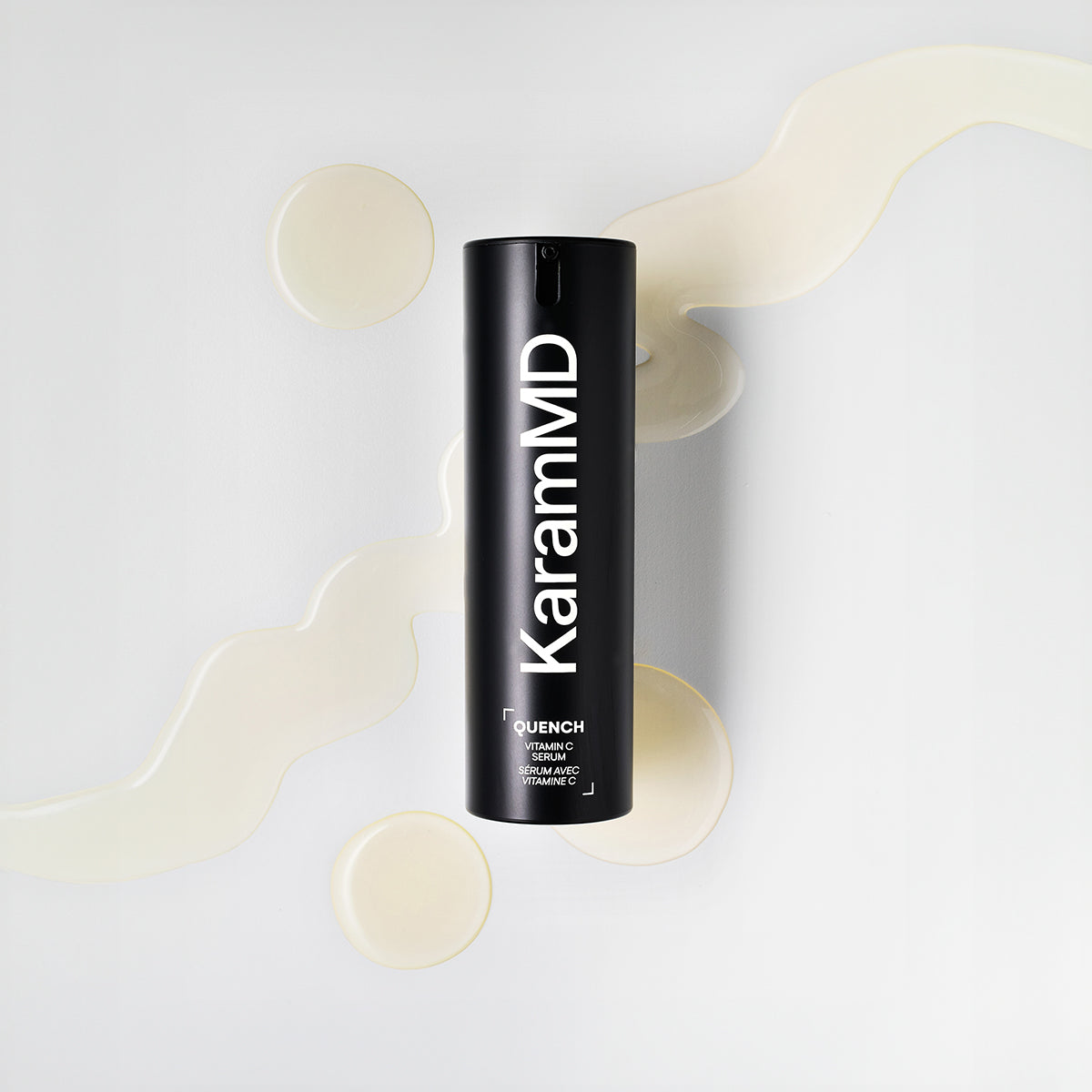
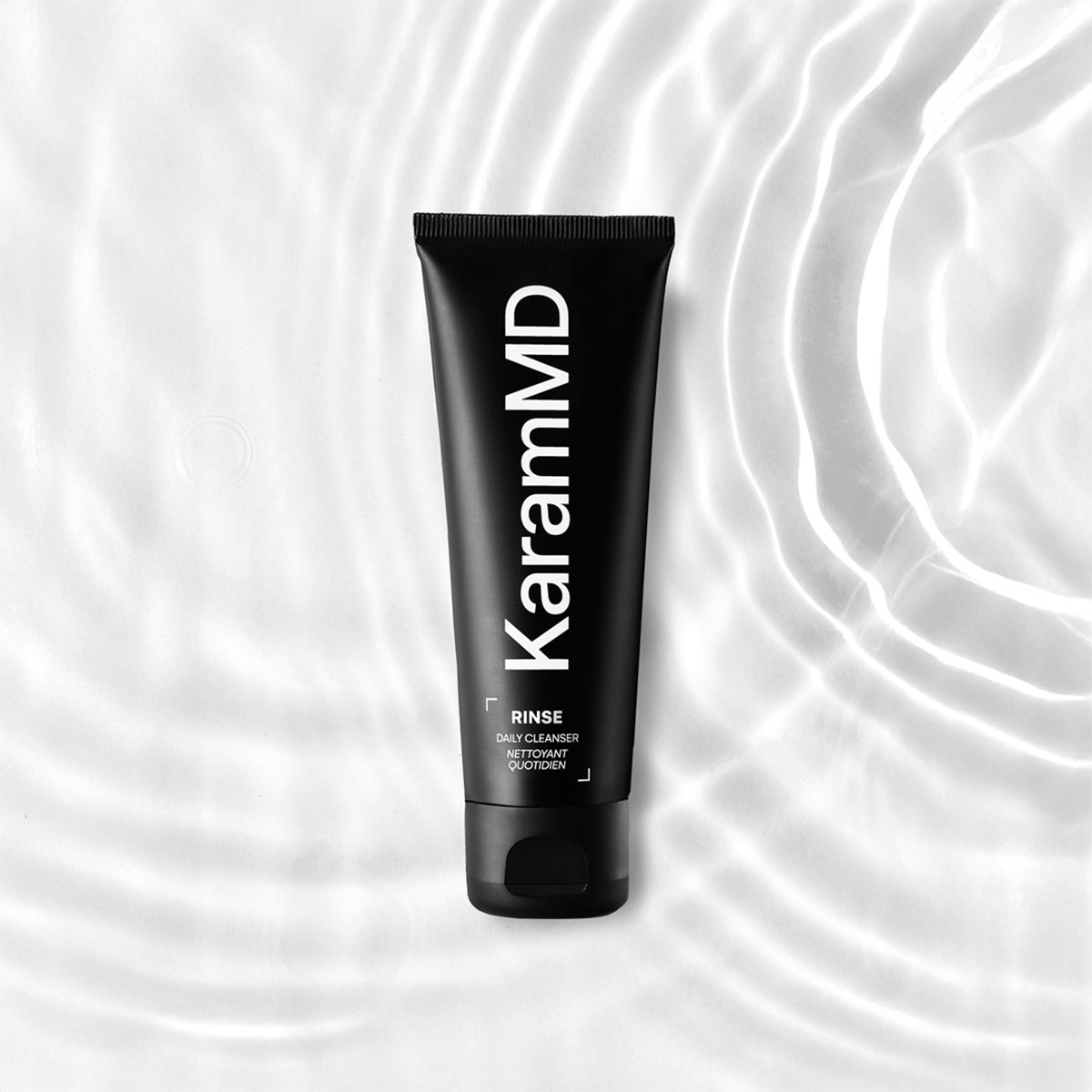
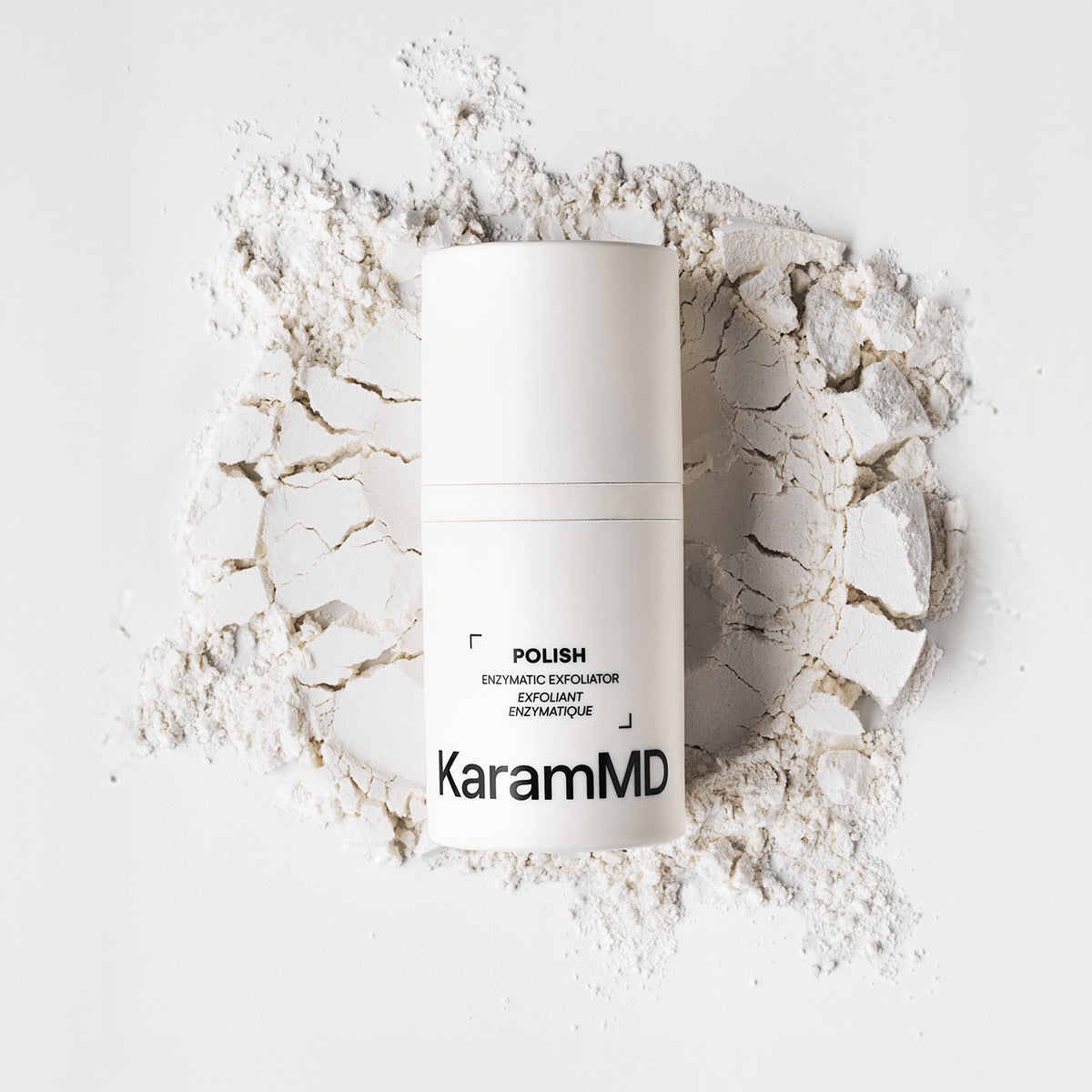
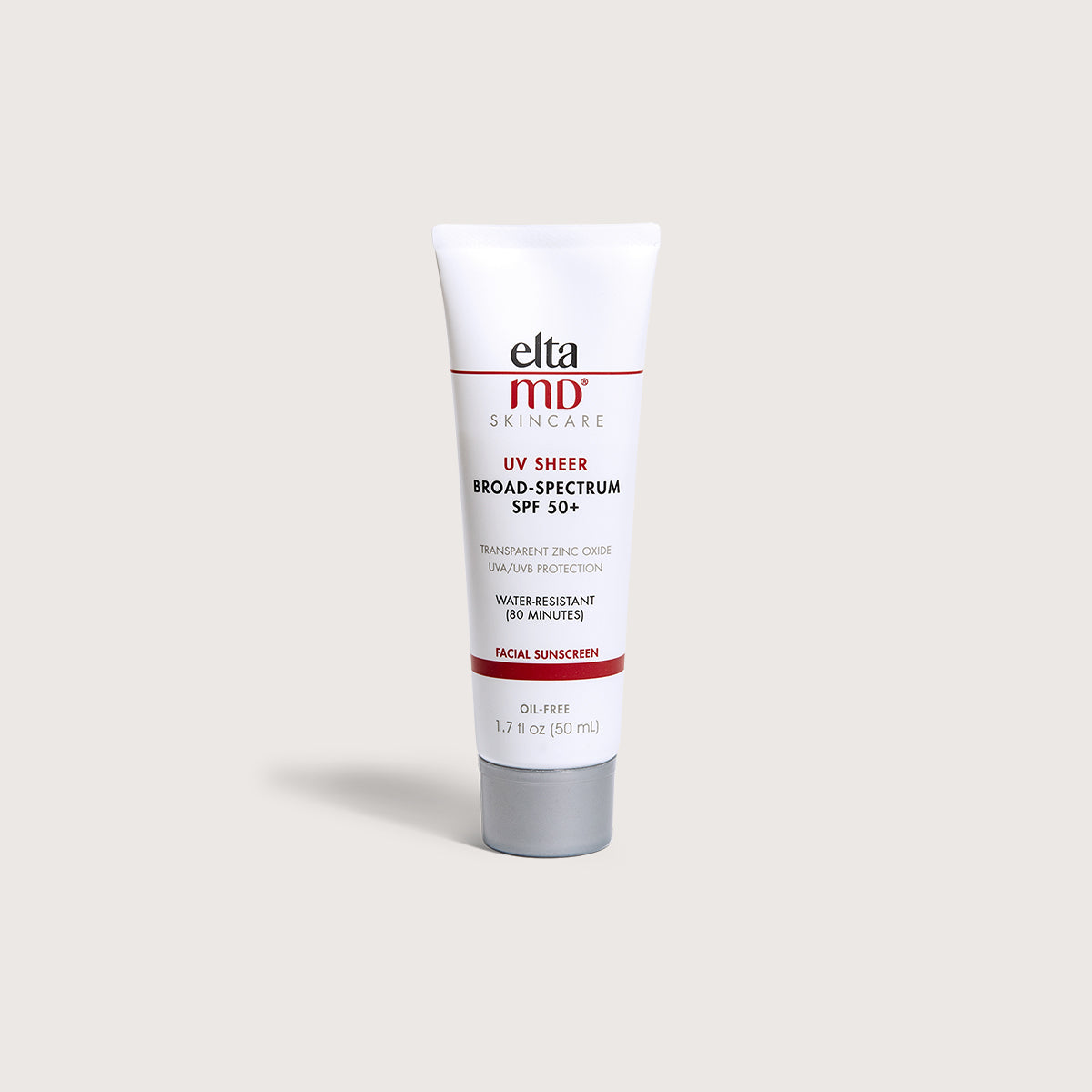
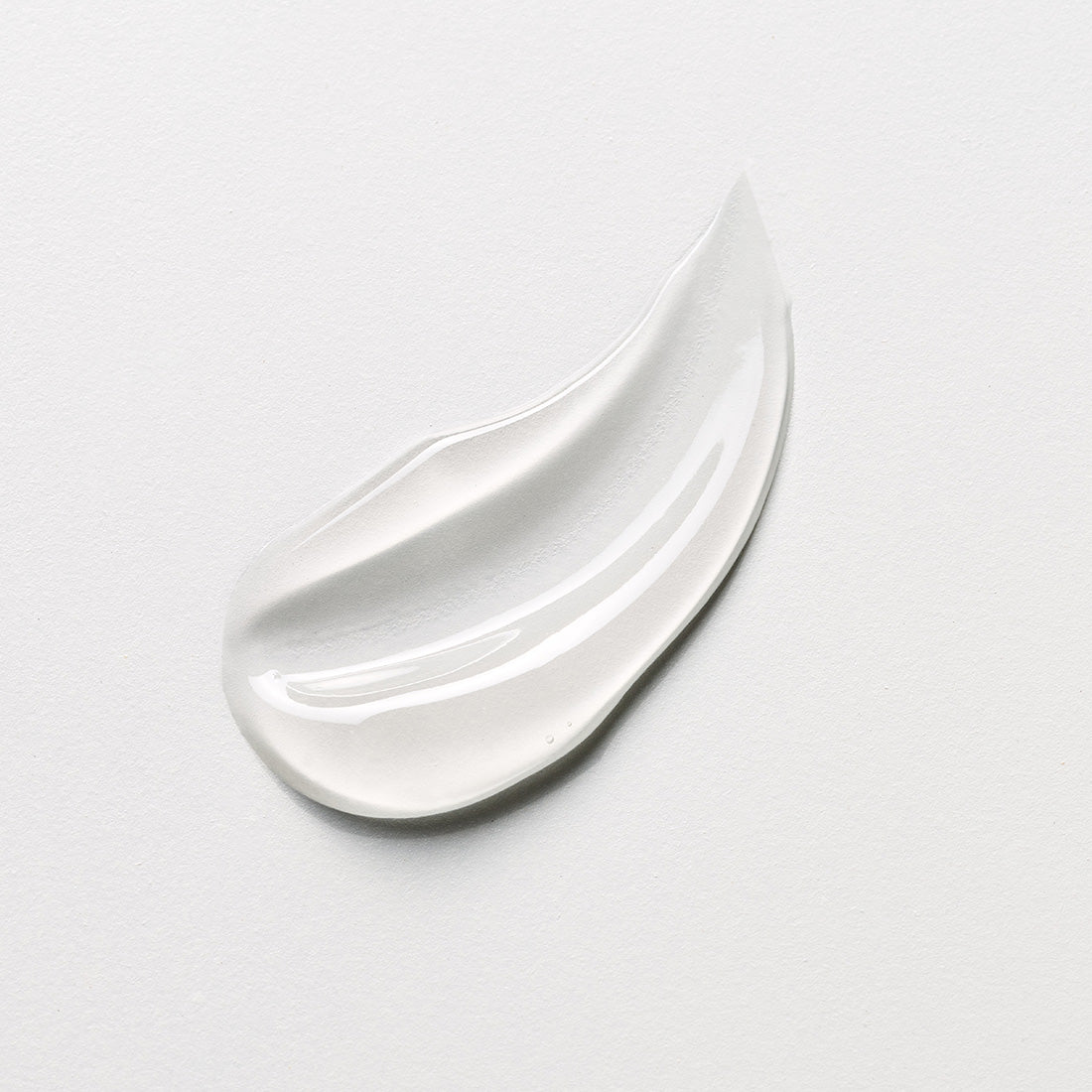










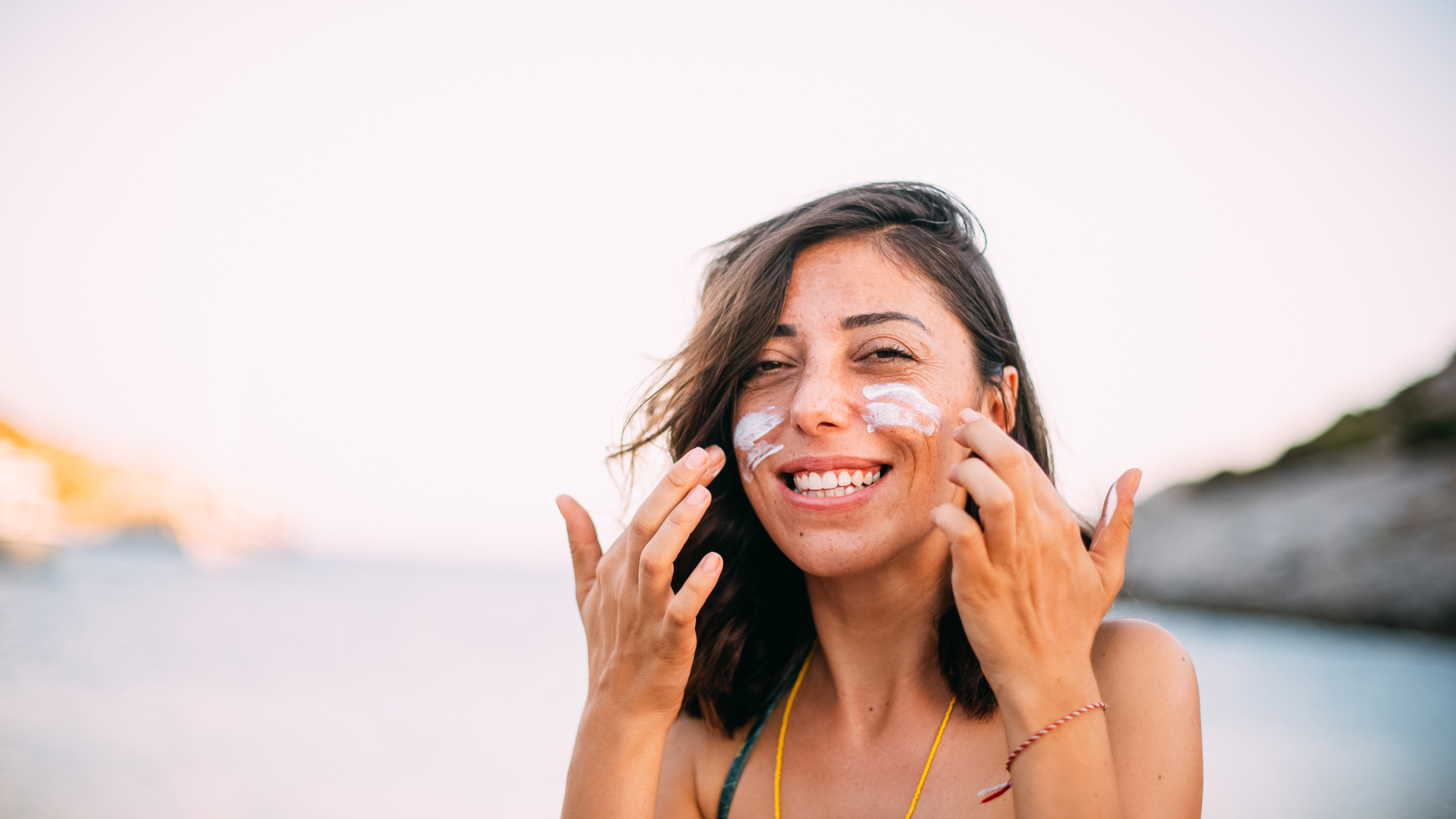

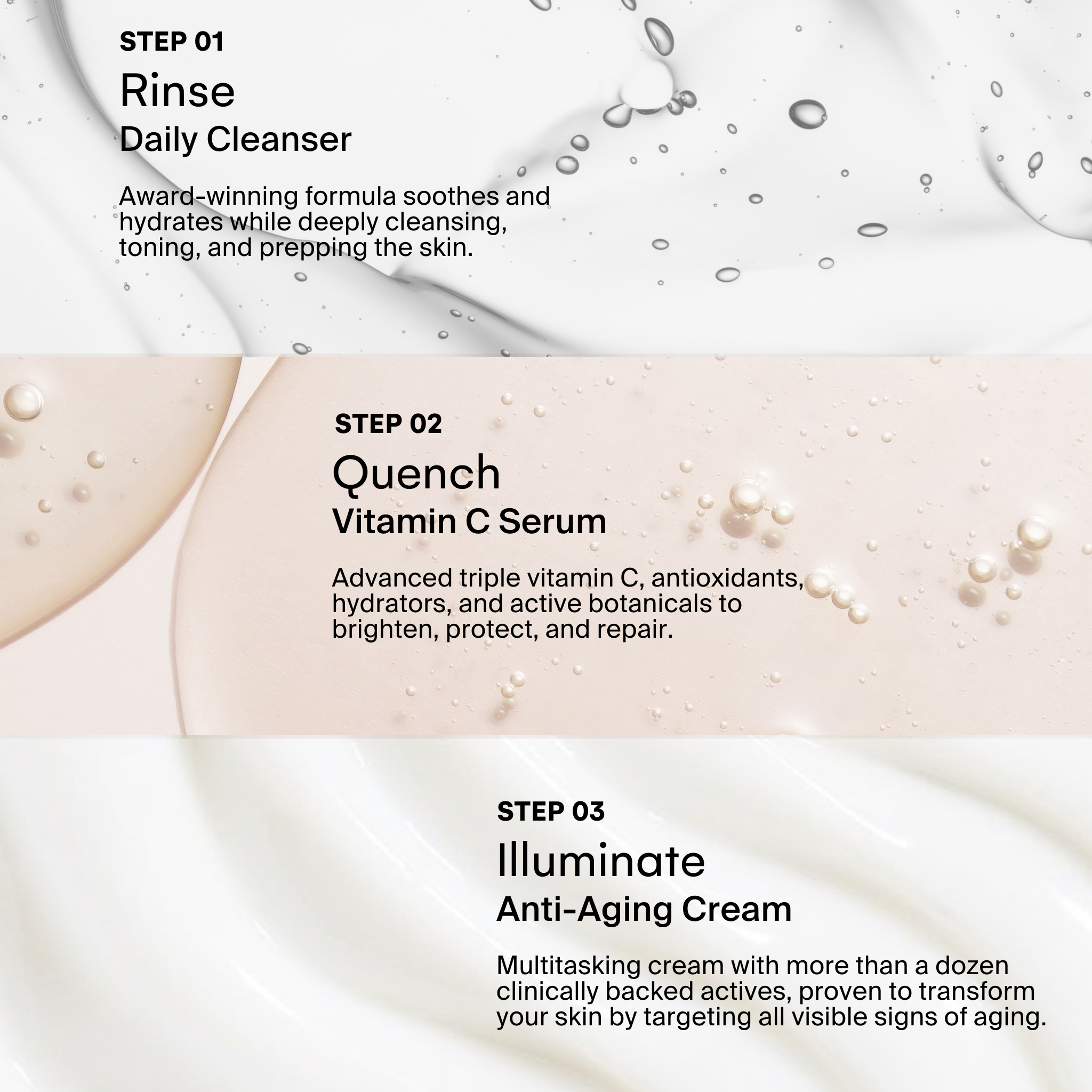
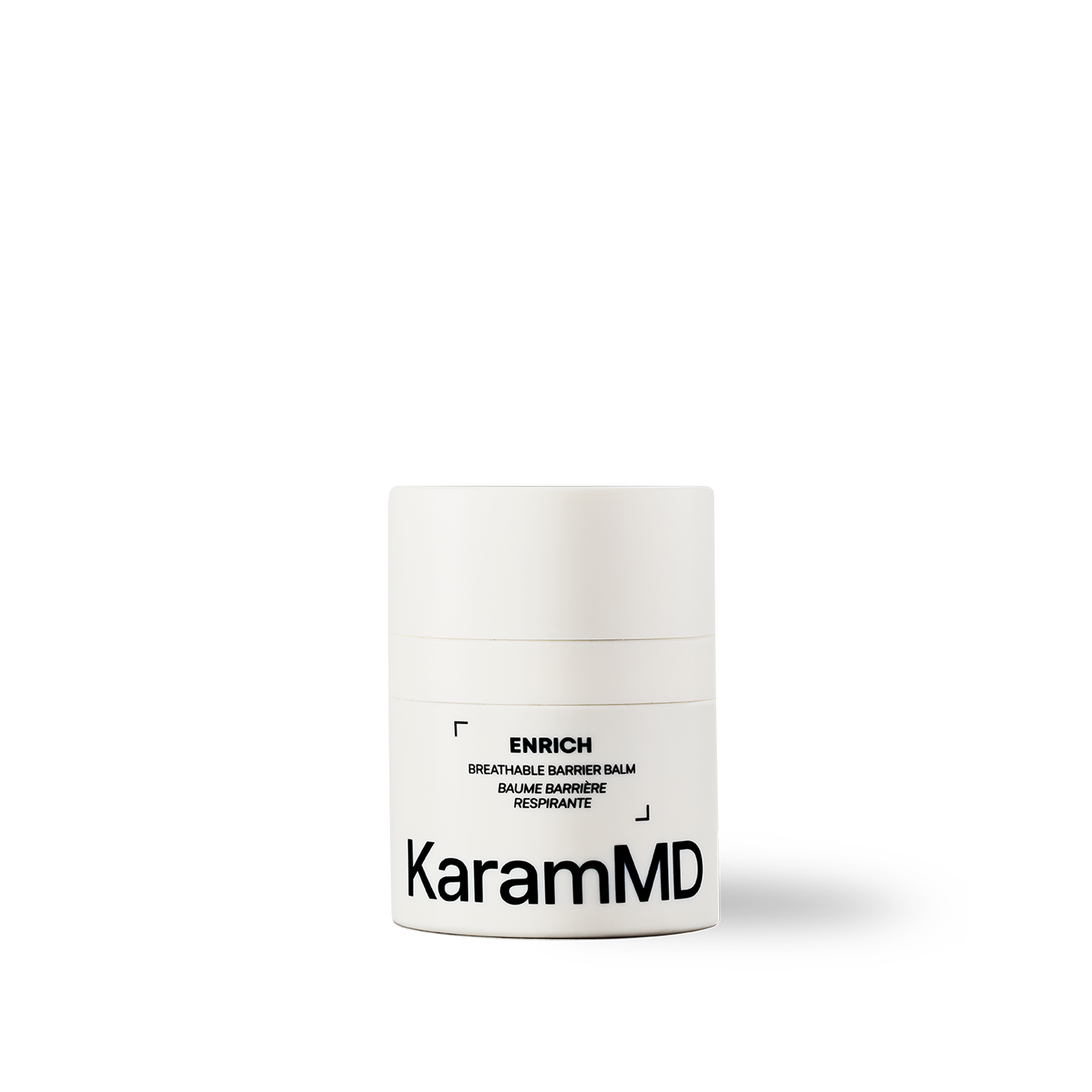
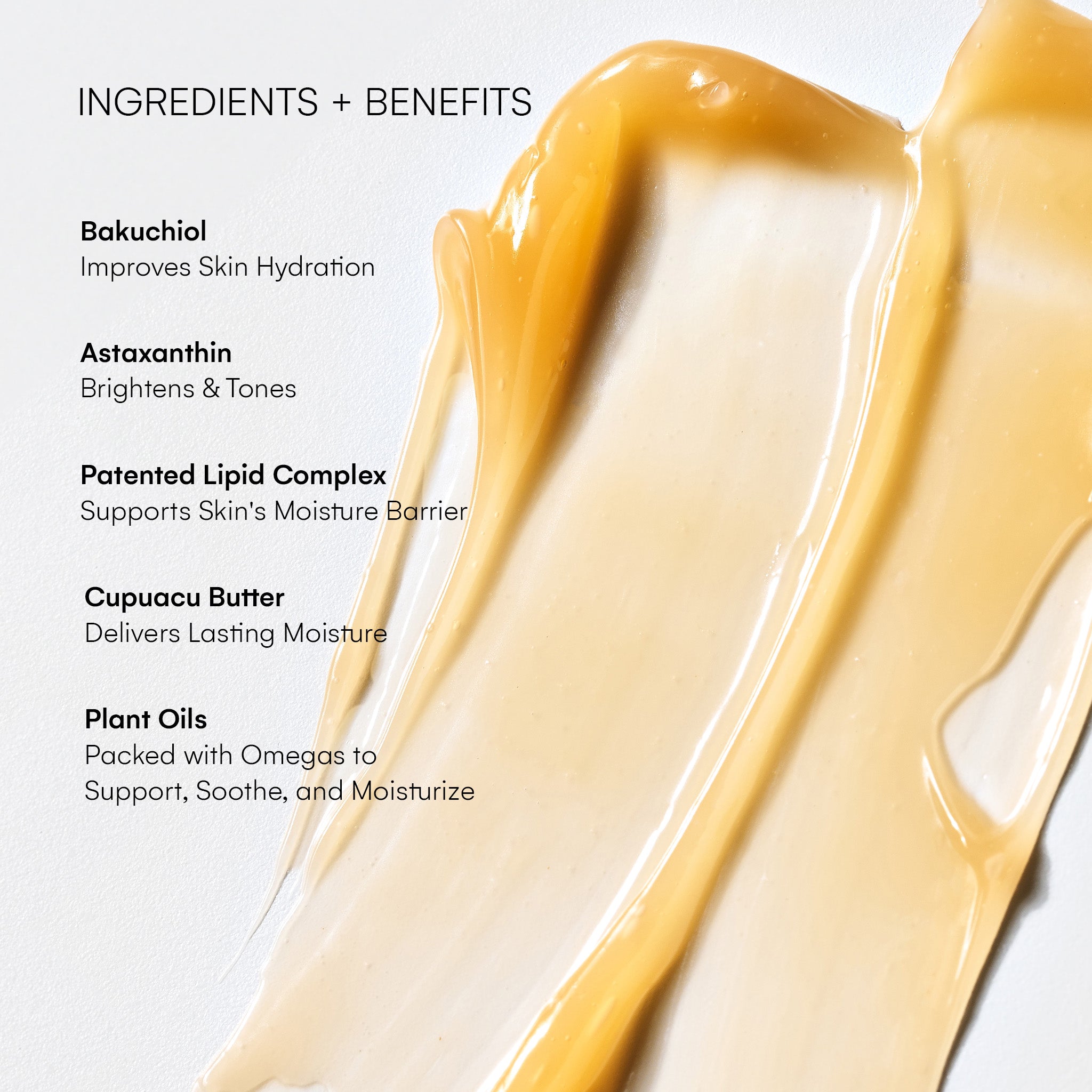
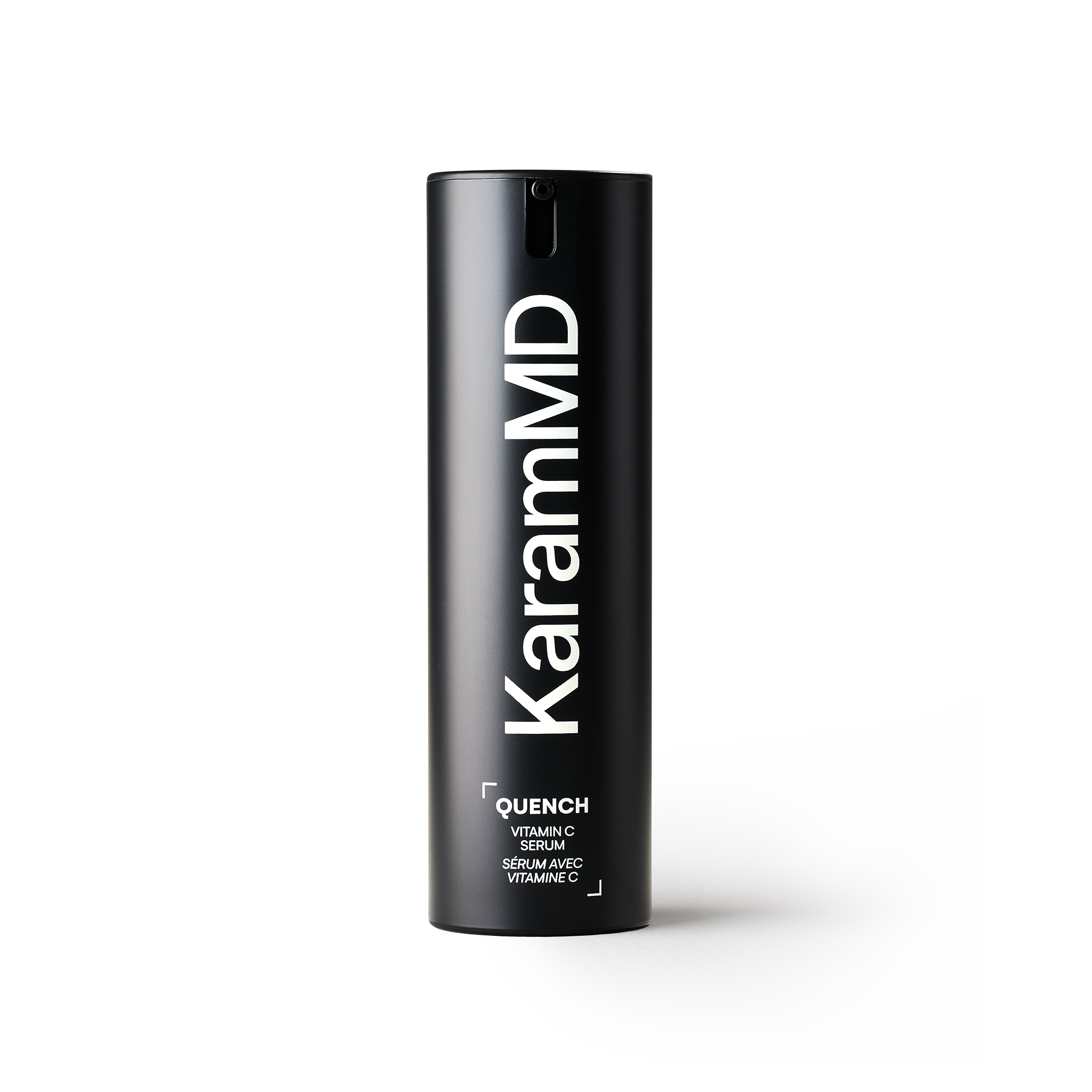
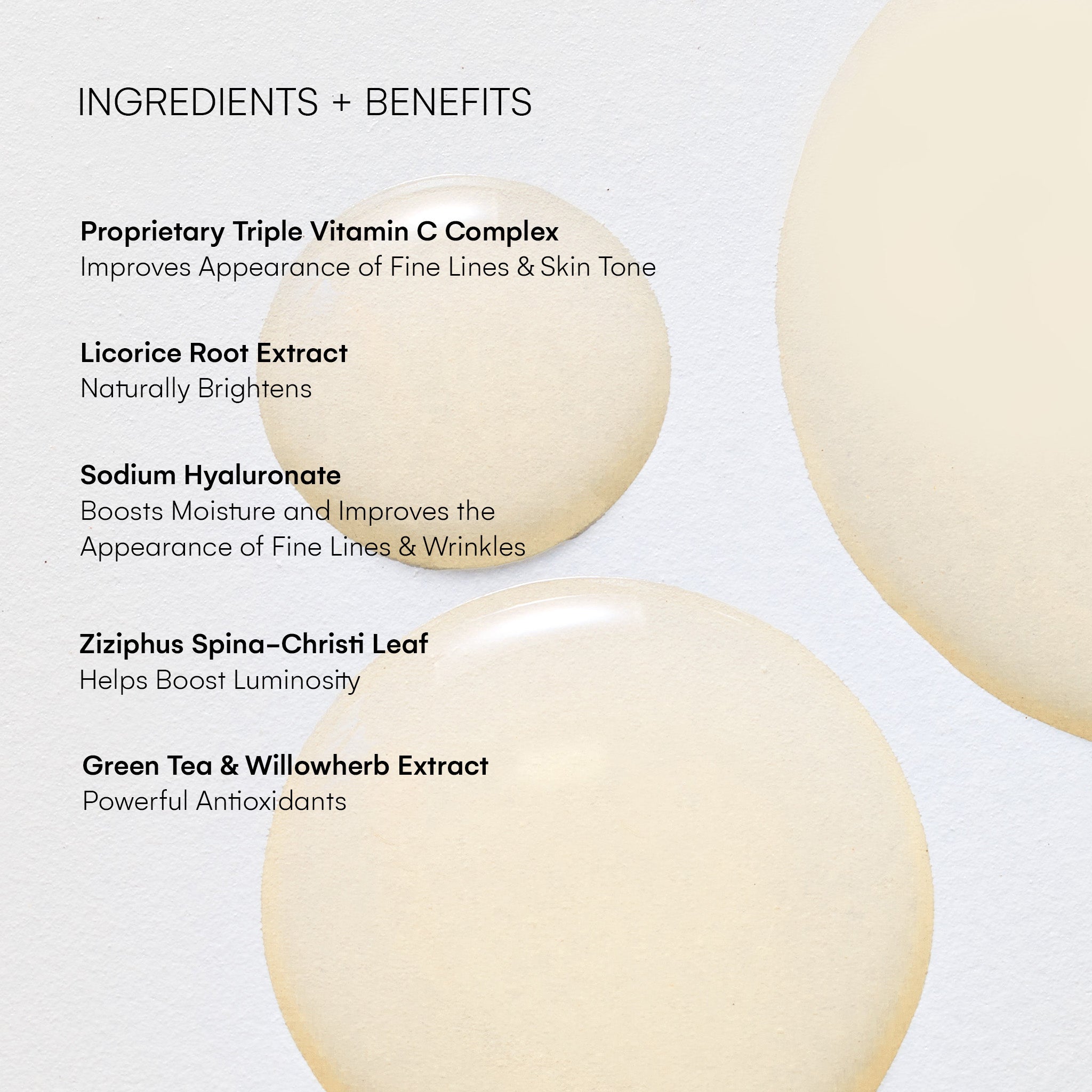
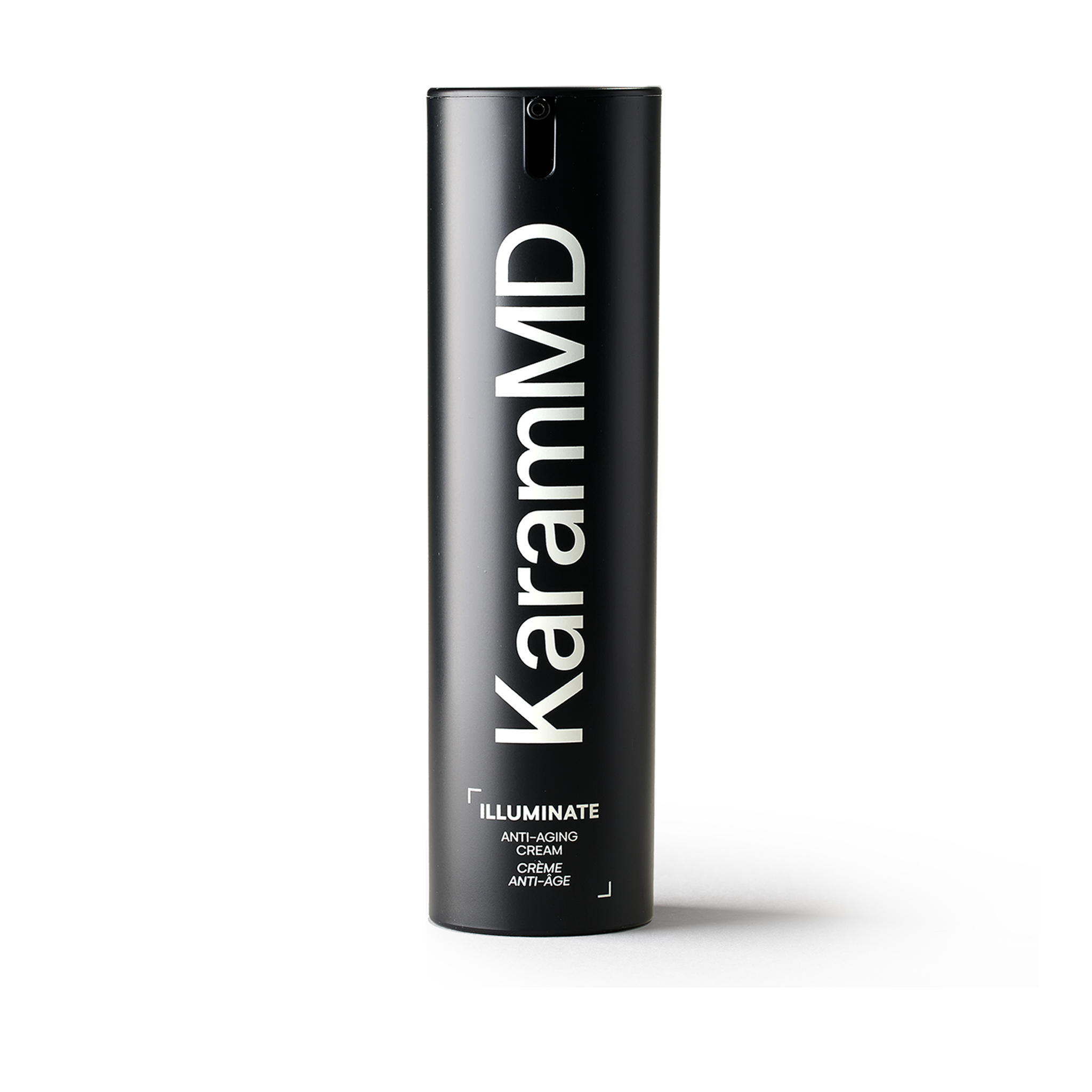

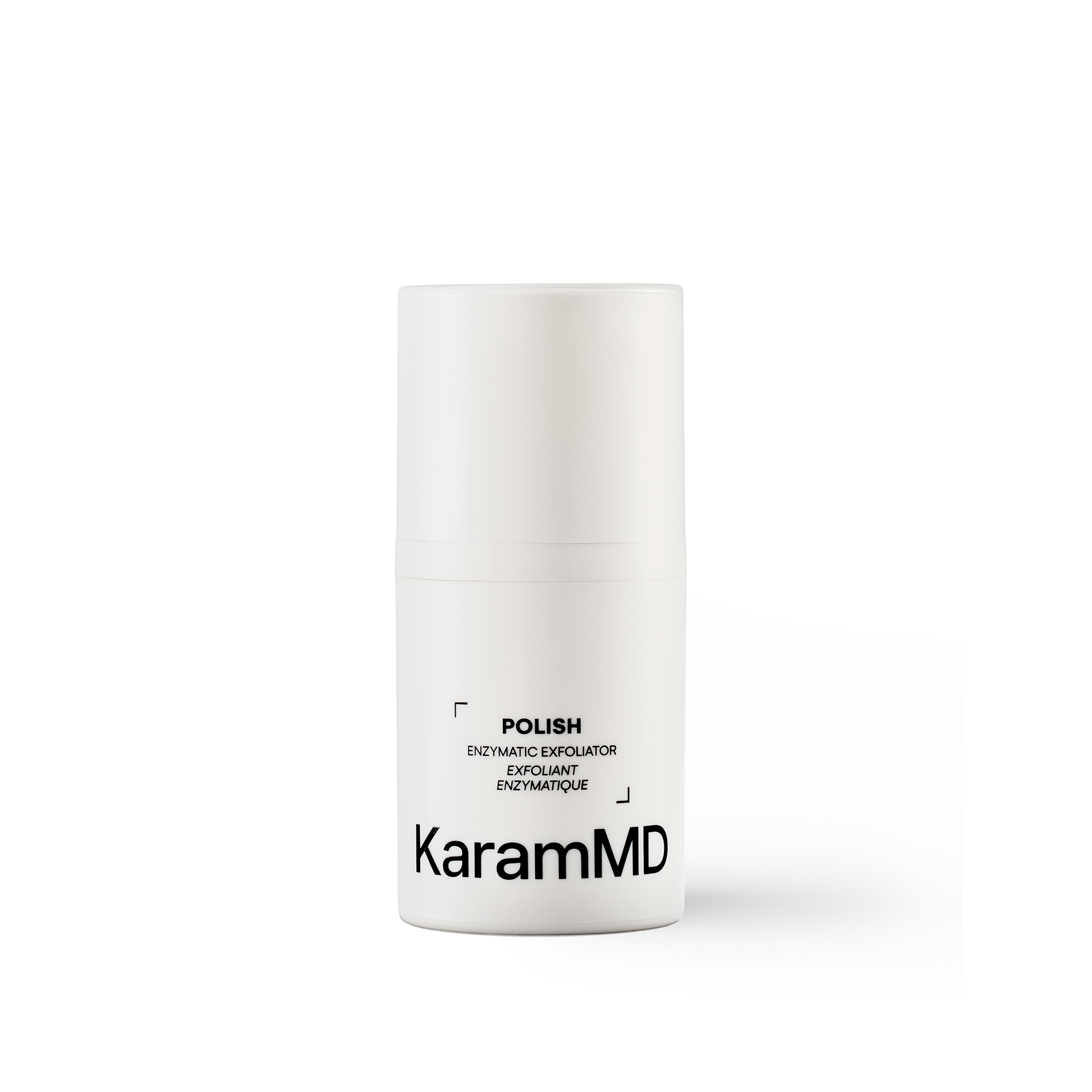
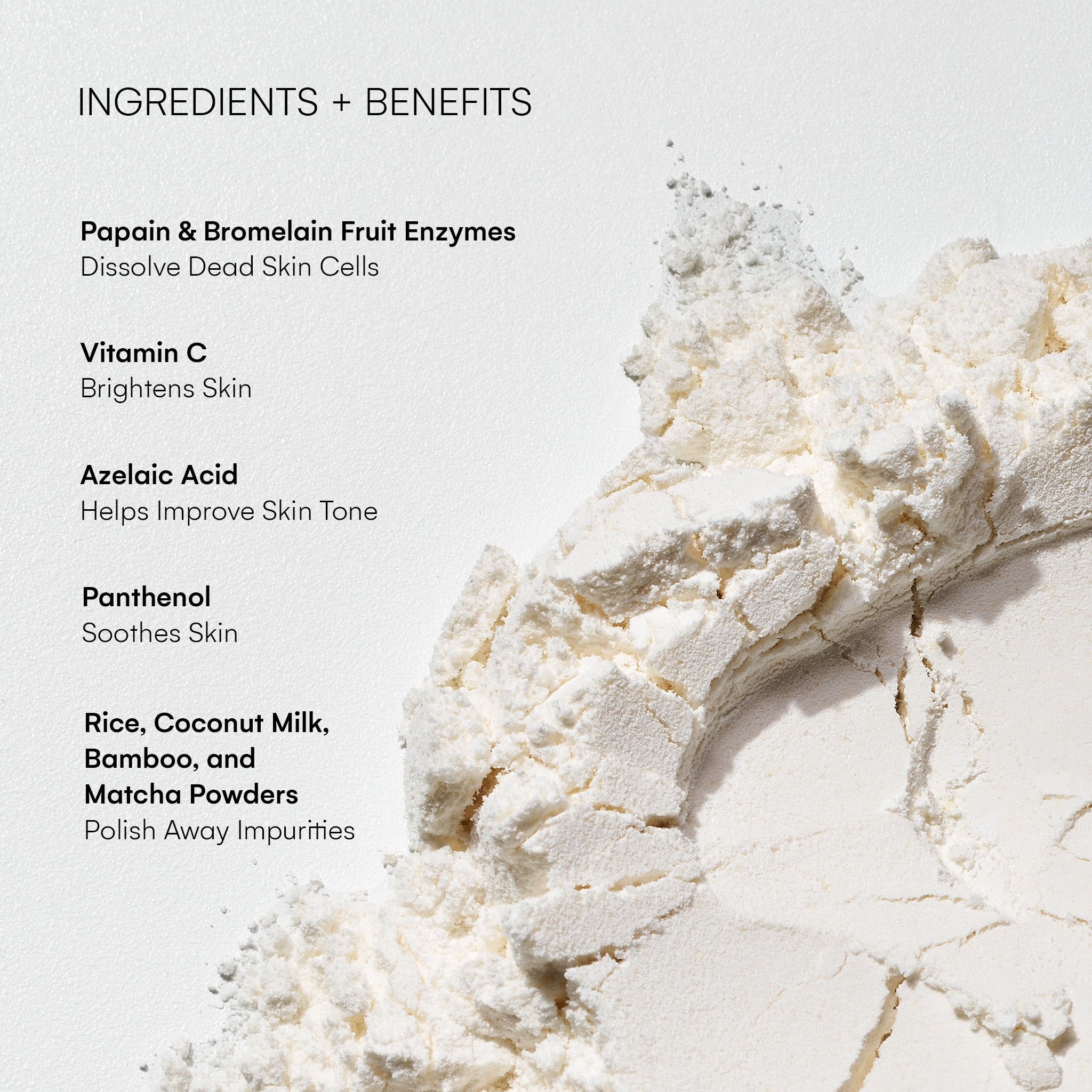
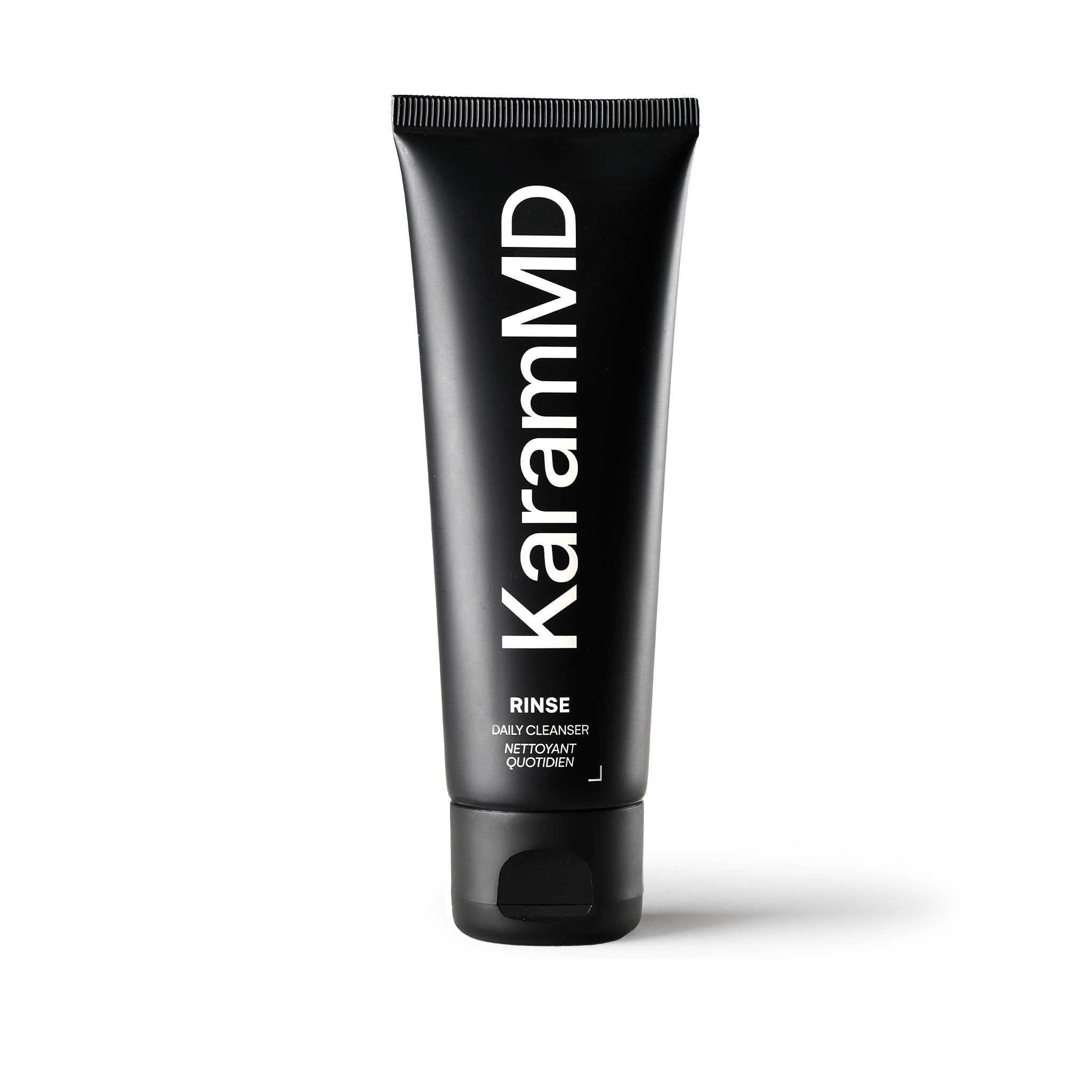
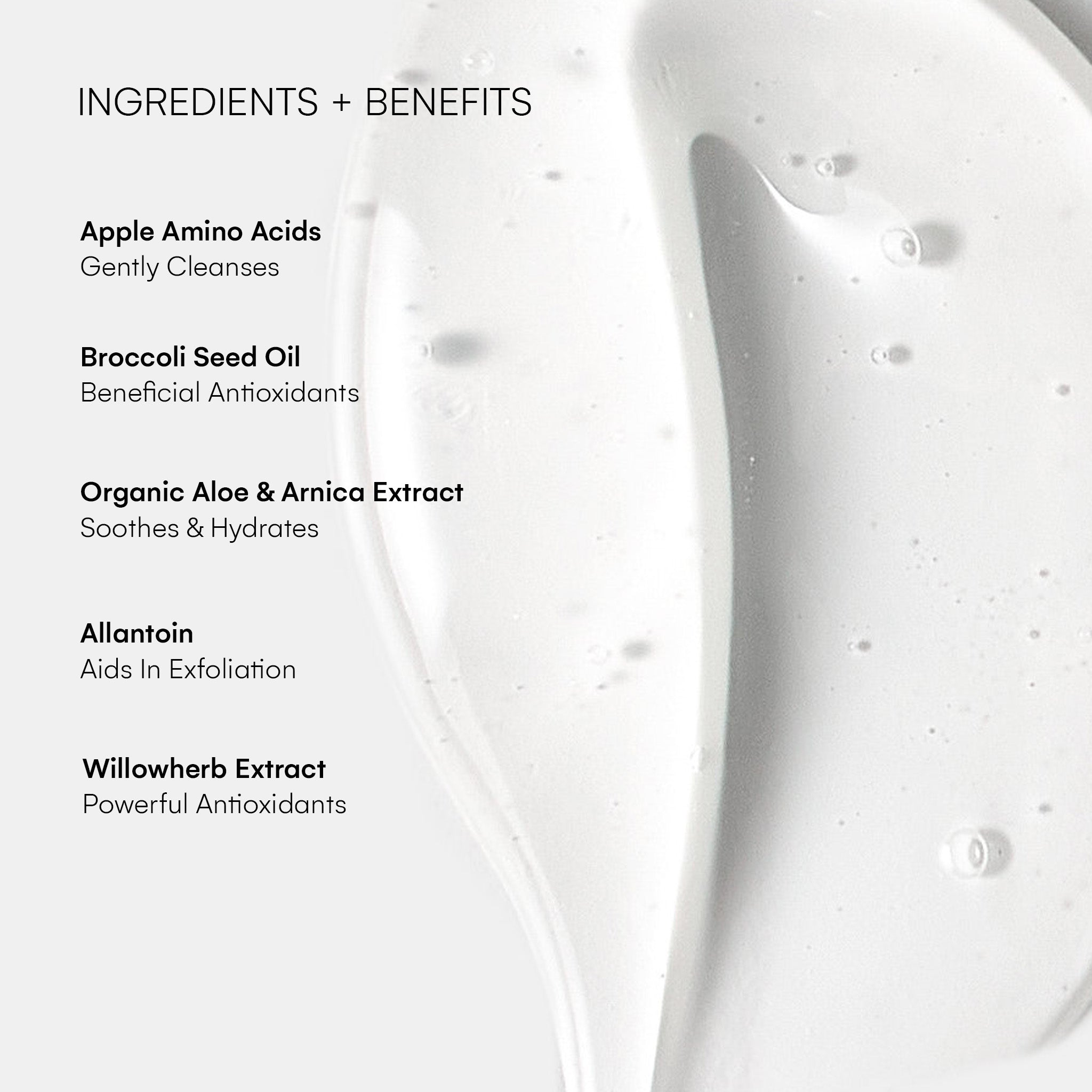
6 comments
Gurvrinder Grewal
I think I have both hyperpigmentation and melasma. Is that possible? As you have suggested, for Melasma, one should avoid heat. I can stop going to sauna and taking hot showers but I practice hot Yoga and I love it. However, the temperature in the yoga studio is 105 degrees F with 50% humidity. Can that be harmful for melasma?
———
KaramMD Skin replied:
Hi Gurvrinder —Thanks for your comment! Yes, it is possible to have both hyperpigmentation and melasma at the same time. Heat can trigger melasma flare-ups, so you may consider avoiding saunas and hot showers. As for hot yoga, the high temperature and humidity could potentially worsen melasma for some people, but everyone’s skin reacts differently. If you notice your pigmentation darkening or changing after yoga sessions, it might be best to limit exposure or discuss alternatives with your dermatologist.
Mercedes S
I am not sure as to what I have. Does Dr Karam do skin appointments at all or just surgery? I would love to stop by and have him look at my face. Please let me know. Thanks
———
KaramMD Skin replied:
Hi Mercedes—Thanks for reaching out. Unfortunately, Dr. Karam does not specialize in dermatology, he is a practicing facial plastic surgeon so he does not take appointments to help people with skincare. He tries his best to share the skincare knowledge he has aquired over the years through his platforms to spread awareness and help people as much as he can, but if you have a specific question or concern, it would be best for you to seek advice from a local doctor or dermatologist. In the meantime, hopefully you can find some information in the Journal or on his YouTube about how to prevent your condition from getting any worse in the sun while you wait for a more professional opinion. Hope that helps!
Ebru Bilgebey
Thank you for the detailed information and your products which visually dissapeared whatever I have. I said “almost” because I forgot to have my sunscreen two consecutive days and they reappeared. However, I use your products and voile ! They disappeared again…
———
KaramMD Skin replied:
Hi Ebru—That’s amazing news, congratulations! We’re thrilled to hear that our products have been so effective for you too. Keep up the good work with consistent skincare and sunscreen use, and we know you’ll continue to see those wonderful changes. Thank you for sharing your experience, we hope it inspires others who are ready to see those positive changes in thier skin. Take care!
Elsi
Thank you for this valuable information.
I suffer from dark spots also and as a fair hair freckle face its difficult as you grow older to navigate the effects that, as a child with care free abandon, the sun has unknowingly bestowed on you!
I will endeavour to keep the factor 50 in my bag and might just go and treat myself to Azelaic Acid and some Vitamin C tablets today.
Again – many thanks
Elsi
www.elsbethshaw.com
———
KaramMD Skin replied:
> Hi Elsi—Thank you so much for taking the time to read the Journal and share your experience! We understand the challenges of dealing with dark spots and sun damage, especially with fair skin, which is why KaramMD has the perfect products to help you incorporate the ingredients you need. For example, using the Polish exfoliator a few times a week provides multiple benefits for dark spots, including promoting cell turnover, and allowing for better absorption of your products, as well as including Azelaic acid! And, our Quench serum uses three different types of Vitamin C to give you an effective daily dose. Keeping SPF 50 on hand is a great idea too! You’re on the right path, and we’re here to support you every step of the way. > >
GH
Can Laser Genesis in moderation compliment using KaramMD products
Kind regards
———
KaramMD Skin replied:
> Hi GH—Yes, Laser Genesis can complement your KaramMD skincare routine. That type of treatment uses heat to help boost collagen, reduce redness, and improve skin texture. Using daily skincare like Trifecta alongside any kind of in-office treatment a couple times a year is a great way to help manage signs of aging. Sounds like you’re on the right track, keep up the good work! > >
Leave a comment
All comments are moderated before being published.
This site is protected by hCaptcha and the hCaptcha Privacy Policy and Terms of Service apply.